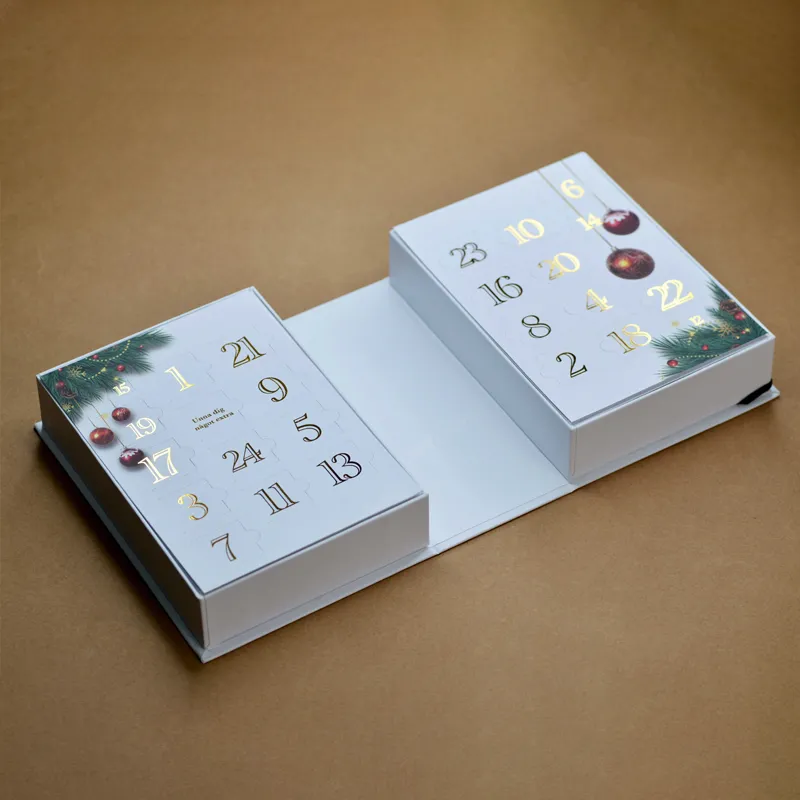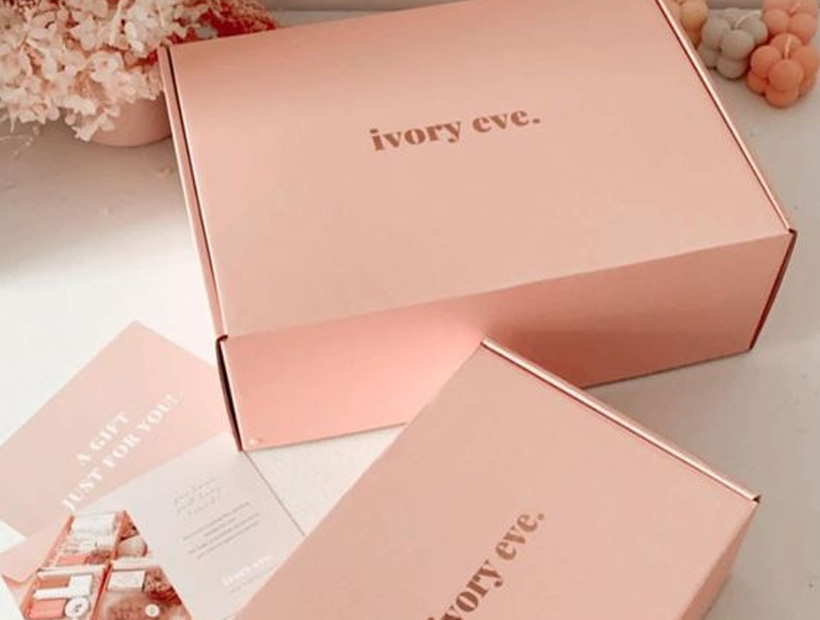In the fiercely competitive environment of retail packaging, brands recognize that a package’s print quality as well as its graphic elements can increase consumer engagement and drive product sales. Hence, a lot of attention is paid to package printing and design.
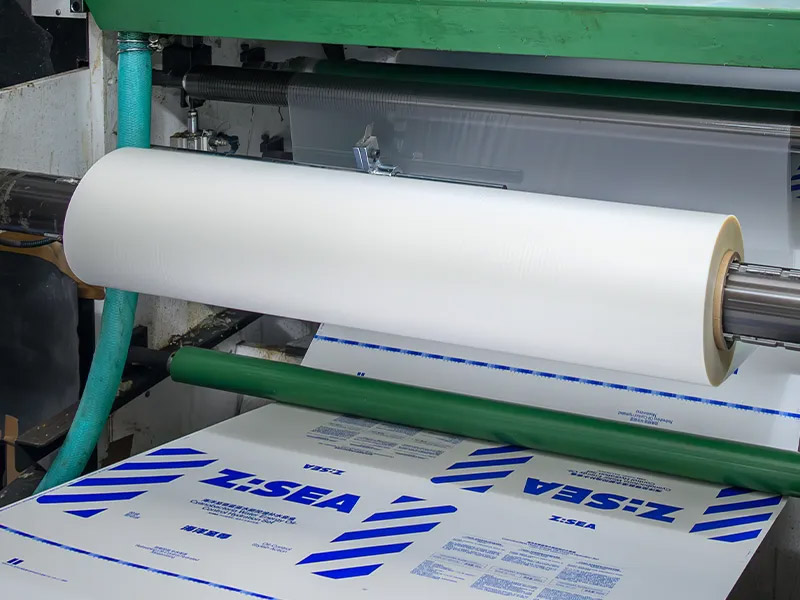
One of the ways brands make their products shelf-ready and appealing to consumers is by litho lamination. This is a creative and effective solution for creating high-quality, water-resistant, and visually appealing packages. In this blog post, we will explain the litho lamination process and explore its pros and cons to packaging.
What is Litho Lamination on Printing?
Litho lamination is a printing technique that involves printing graphics on a liner board using lithography and bonding the printed sheet to corrugated cardboard. While lithography printing ensures high-quality graphics are printed, the corrugated layer provides strength and durability. This results in a packaging solution that is not only visually attractive but also protects the product.
How Litho Laminated Packaging is Produced
Packaging manufacturing using the litho lamination technique is done in three stages, which are lithographic printing, laminating, and die-cutting & finishing. To answer the question of ‘what is the process of litho lamination?’ here’s a detailed explanation of what it entails:
Stage 1: Lithographic Printing
- Creating the Desired Image on the Printing Plate
The first step of this stage involves creating the desired image on a printing plate. A special, greasy substance is used to create the image, with each color in the image requiring a different printing plate. Although, the maximum number of colors typically used is four, which are cyan, magenta, yellow, and black. This is commonly known as the CYMK process.
The printing plate surface is then moistened with water, and while water is repelled by the greasy areas, it adheres to the non-greasy parts of the plate. As soon as the plate surface is moistened, ink is applied. While ink adheres to the greasy areas where the image is created, it is repelled by the non-greasy parts because of water.
Some modern lithography printing machines transfer the desired image to the printing plate using ultraviolet light through a negative. A chemical covers the desired image area on the plate, hence the ink attaches to this area.
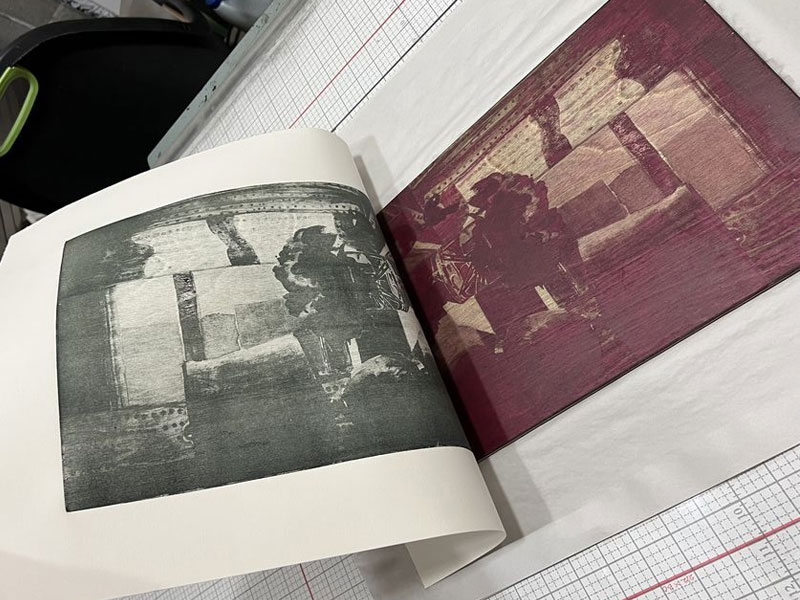
- Printing
As the printing cylinder in the lithography machine rotates, the ink is transferred from the printing plates to the rubber blanket cylinder. The inked rubber blanket cylinder is then pressed onto the paper or card as it is pulled through the machine. The paper/card receives the image and the ink is absorbed accordingly.
Lithography machines can print on both sides of the paper or card, and when different colors are required for the final print, the paper/card is sent through the machine several times until all the negatives and colors are applied.
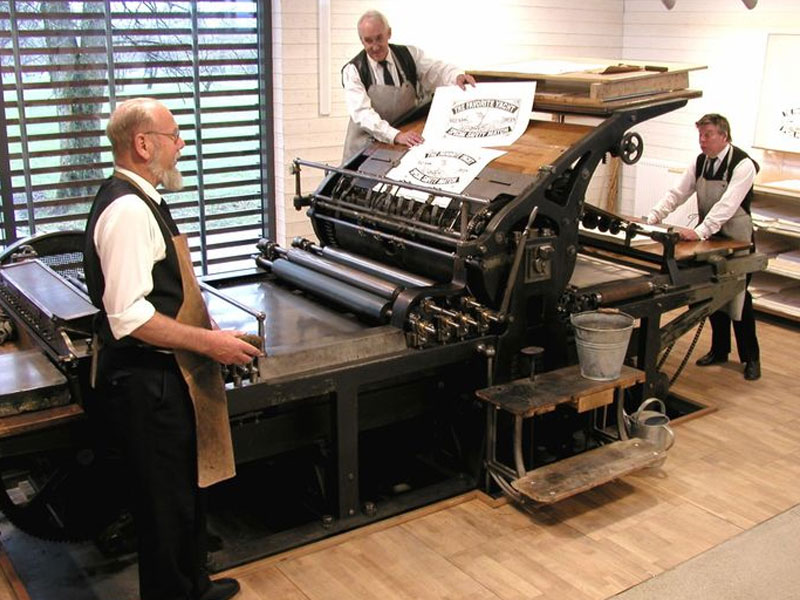
Stage 2: Laminating
Lamination is a simple process that involves bonding the final printed sheet to a corrugated cardboard using adhesive. As a result of its thickness and fluting, cardboards have uneven surfaces and cannot be passed through the lithography printing machine. Hence, the desired image is printed on a paper or card and laminated to the corrugated cardboard.
This process produces laminated boxes packaging with great print quality and maximum visual impact, as well as a smooth and durable finish.
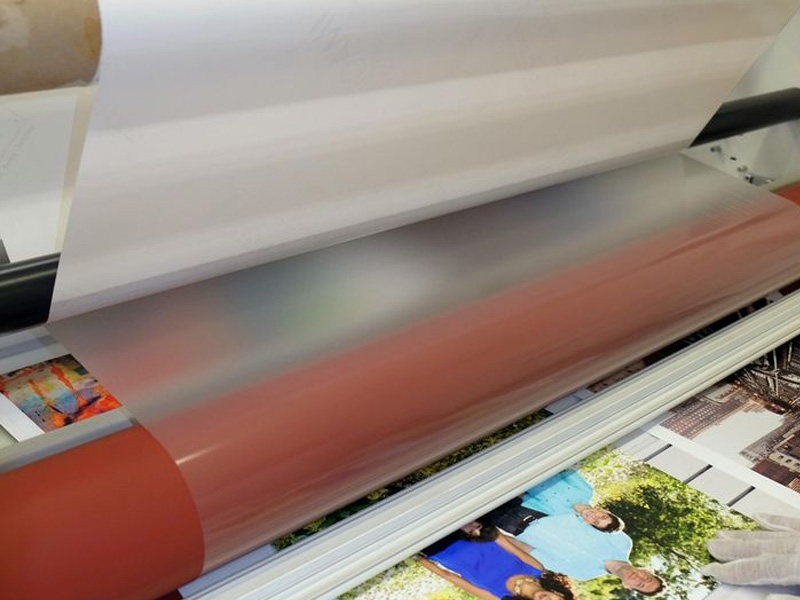
Stage 3: Die-Cutting & Finishing
At this stage, the laminated cardboard is die-cut and shaped in line with the desired packaging design. Other finishing options, like foil stamping, embossing, and UV coating can be done to improve the packaging appeal and functionality.
The process of manufacturing litho laminated boxes combines high-resolution printing and the durability of corrugated cardboards, providing a versatile solution that meets both aesthetic and operational needs.
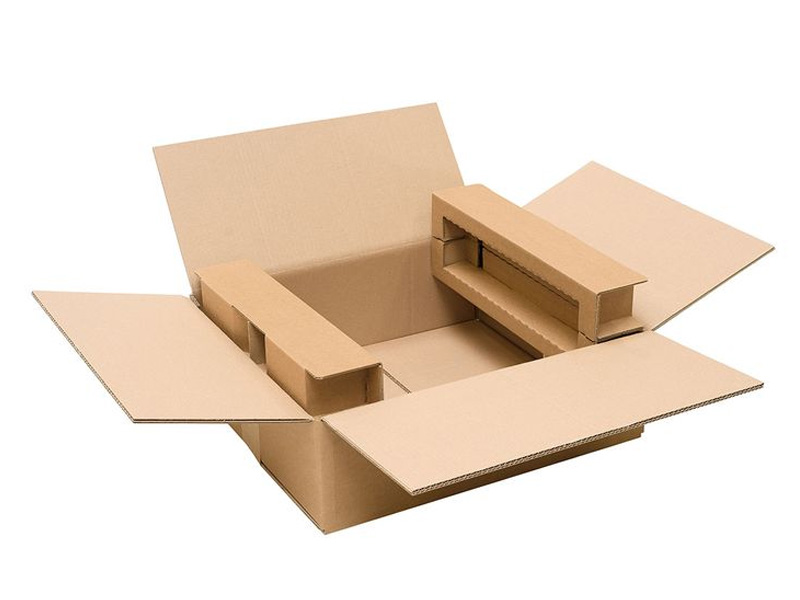
Litho Lamination Line
A litho lamination line consists of three main elements, which are the wet end, laminating section, and delivery section. The wet end is for single-face corrugated production, while the lamination section adheres printed paper to the corrugated cardboard. In the final stage, the delivering section sends the litho-laminate to a stacker or rewinder.
However, some litho lamination lines have more equipment included that increase their capability and each section may also require extra units. Some of these additional units include sheet feeders, tear tape applicators, and rewinders, among others.
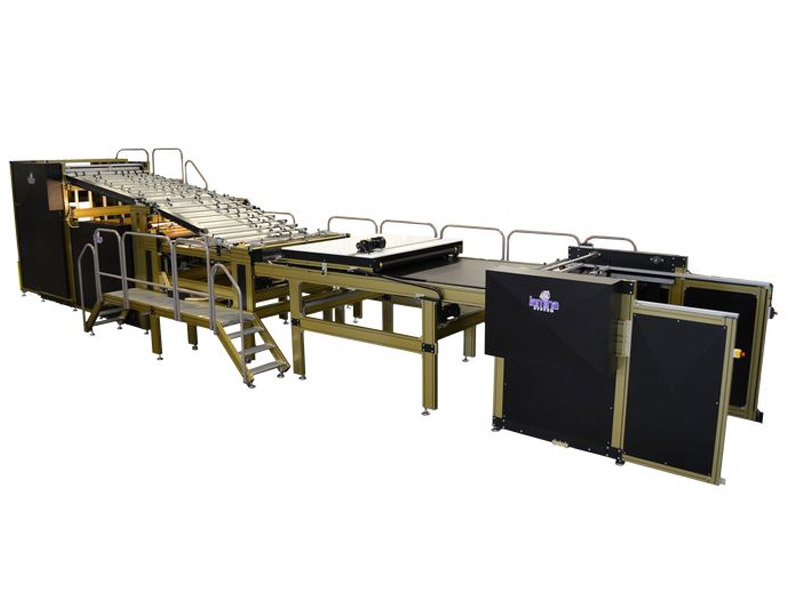
Key Points to Consider During Litho Lamination
Here are some factors to consider to ensure litho-laminate success:
- Moisture: This plays an important role during litho lamination. While low moisture content results in a higher chance of splitting creases in the paper, high moisture content prevents the printed poster from absorbing glue. Hence, It’s essential to test your paper before usage, making sure its moisture content is within 4%.
- Paper Selection: Different litho lamination jobs require different types of paper. So, it’s advisable to find and use the ideal paper for every printing project.
- Glue: Glues made with cheap dextrin leads to low quality litho-laminates and resin-based glues are great but can be expensive. Alternatively, hybrid glues, containing 30% resin and 70% dextrin, suit the litho lamination process and should be considered.
- Die-cutting: Using a box with less complex folds decreases its chances of cracking. Also, implementing wider creasing profiles and lower crease height helps to reduce score cracking. Test running to choose the right matrix profile and die pressure will ensure better results from die-cutting.
Types of Litho Laminating Line
There are three main types of litho-laminating lines, which are inline, offline, and sheet-to-sheet.
- Inline Litho Laminator: This is made up of a wet end, lamination section, and delivery. It is mainly used for inline sheet-to-web or web-to-web lamination, but can also be applied for various other laminating applications, such as offline web-to-web laminating, double single face and sheet laminating, and tear tape application.
- Offline Litho Laminator: The offset litho laminator consists of a lamination section and delivery, without a wet end. This litho laminating line is recommended for sheet-to-web or web-to-web laminate production. Additionally, offline systems are also applied for double single face, sheet laminating, and center slit application on pre-print and unprinted webs.
- Sheet-to-sheet Litho Laminator: Like offline laminators, sheet-to-sheet litho laminators make use of only a laminating section and delivery. They are used to produce laminated boxes packaging from sheets of corrugated cardboard and pre-printed paper.
In addition, a litho-laminating line can stand alone as a single-face corrugator for single-face applications, such as the production of single-face reels & sheets, as well as carrying out single-face rewinding.
Pros and Cons of Litho Laminated Packaging
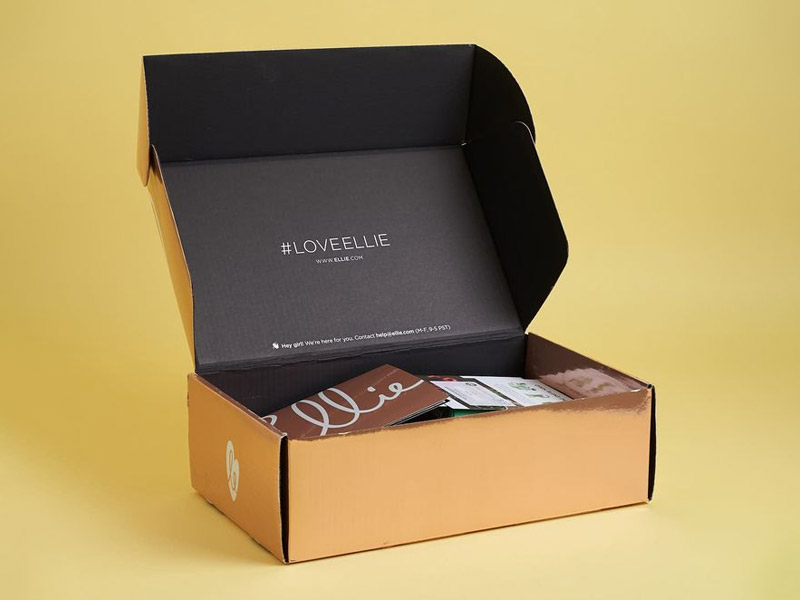
Strong Points
In today’s crowded marketplace, litho lamination stands out as a smart choice for your packaging needs. Here are some reasons why:
- High-Resolution Graphics
One of the main advantages of litho lamination is its ability to produce high-resolution, vibrant graphics for laminated boxes packaging, point-of-sale materials, and promotional displays. Known for its sharpness and reproduction of intricate details, lithographic printing is ideal for creating packaging that showcases brand uniqueness, enhances brand perception, and attracts consumers.
- Strong and Durable
Litho laminated corrugated boxes not only offer unmatched visual appeal but also provide protection for its content during shipping and storage. This helps to avoid damage and returns, which is a cost-saving advantage for manufacturers. Litho lamination is important for fragile or sensitive products that require added protection while preserving the brand’s aesthetics.
- Versatility
Litho lamination is incredibly versatile, supporting a wide range of materials and complex designs. As a result of its adaptability, litho laminated packages are applied across various industries, from food and beverage to electronics. It provides a high level of flexibility that can accommodate various packaging sizes and shapes, ensuring that your brand’s personality is efficiently represented.
- Cost-Effective for Large Scale Production
While the initial investment for litho lamination can be high, it is a cost-effective solution for large-scale production runs. Large-volume production is completed on time and with minimal waste, ensuring that every penny spent on materials is accounted for. When considering packaging options, the litho lamination process offers a lower unit cost compared to other options.
- Sustainable
With growing consciousness for the environment, brands want sustainable packaging solutions for their products. Litho laminated boxes offer a great visual and protective option while being eco-friendly. Using biodegradable materials for production, this printing technique ensures a sustainable, recyclable system.
Drawbacks
Litho lamination printing is often the better packaging option, but it has certain drawbacks. Here are some of the disadvantages of this printing technique:
- Longer Lead Times
When compared to other printing methods, such as digital printing and screen printing, litho lamination printing is faster when dealing with voluminous production.
But this technique has a longer turnaround time for smaller unit production runs. This is because the printing plates have to be created with the desired image before production can begin.
- Minimum Orders
The litho lamination process requires a high initial setup cost, which entails the creation of printing plates and the use of specialized equipment. This technique is economically beneficial for large production runs. Handling small printing orders with this method can be less cost-effective.
A professional printed box packaging manufacturer often requires a minimum order quantity, which can discourage small businesses from using this printing method.
- Customization
While litho lamination is a highly versatile and flexible process, printing plates are not customizable and will need to be created afresh to accommodate any changes. Also, only 4 colors (cyan, magenta, yellow, and black) can be used during printing, which may not be suitable for your design needs.
Key Takeaway
Litho lamination is a process that combines premium lithographic print quality with the functional benefits of corrugated cardboard, making it an ideal option for brands looking to create impactful and durable packaging solutions.
The litho lamination process involves creating the desired image, printing, laminating, and die-cutting & finishing. This technique is a preferred solution to enhance the eye-catching quality of products, which helps to increase brand recognition and potential for sales.
